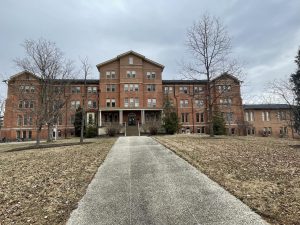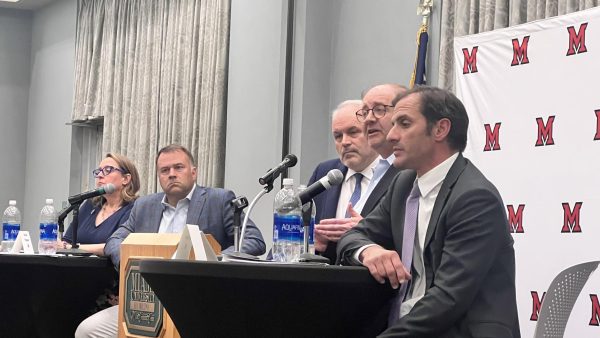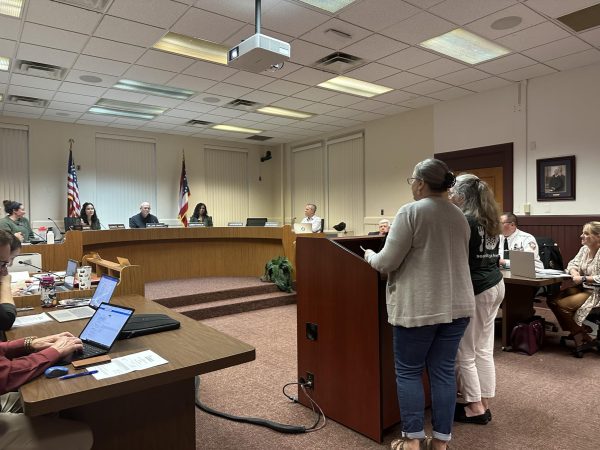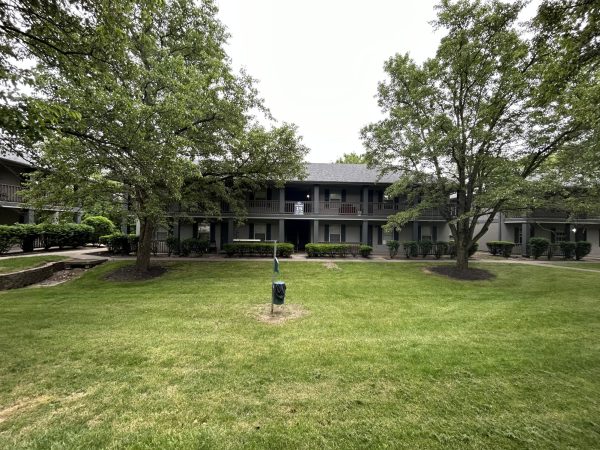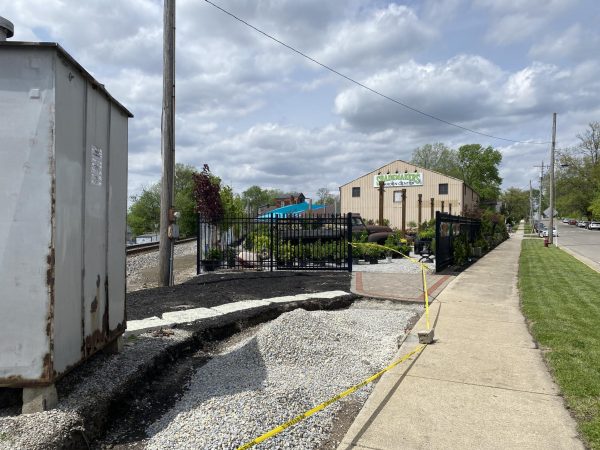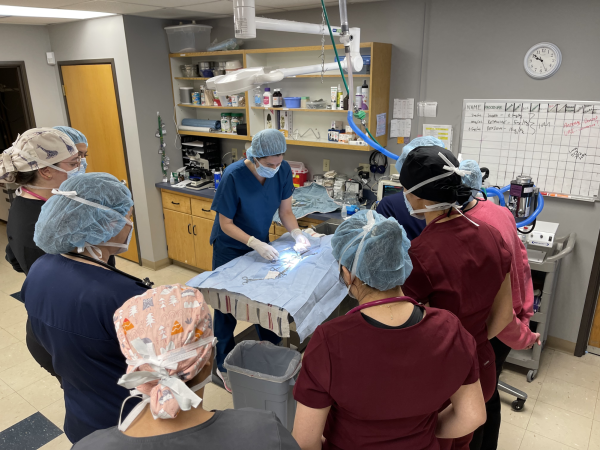Talawanda School District seeks levy for student support services
Third graders (from far side) Hannah Chaney, Lucy Chaney, and Jalen Douglas read in a classroom at Kramer Elementary School in Oxford. The Talawanda School District is seeking an operating levy to continue multiple educational and extracurricular programs for its students.
September 30, 2022
For the first time in 22 years, the Talawanda School District is asking voters to approve a new operating levy.
The $5.7 million property tax levy would cost taxpayers $199.50 annually per $100,000 in assessed property value.
Superintendent Ed Theroux said passing the levy will allow Talawanda to continue to provide “a well-rounded education designed to meet the individual and unique needs of every child.”
The levy funds will cover expenses including special education, free participation on sports teams, a laptop or tablet for each student in the district and social workers, school resource officers and psychologists in every Talawanda school building.
“Talawanda provides lots of services to ensure — from the top-end gifted student all the way to the average student, to students who are struggling — that not only academics are provided but social and emotional support,” Theroux said.
Theroux said if the measure doesn’t pass, those services are in jeopardy.
“Do we continue the premier education and services offered?” Theroux said. “Or are we going to make some significant reductions?”
The levy will also provide funding for bus transportation. At 144 square miles in size, Talawanda is the 56th largest district of 618 in Ohio. Theroux said that all bus routes are an hour or less each way.
Talawanda is also preparing for the passage of state legislation, which may reduce the amount of funding the district receives. Currently, Talawanda receives $2,500 per student from the state. The new bill would limit that funding to $1,100.
Theroux said the $2,500 is not enough to begin with. Talawanda receives less than other districts, which get as much as $7,000 per student from the state to assist with education costs.
“The state thinks our taxpayers can afford to pay more,” Theroux said. “That’s why we’re only getting $2,500.”
He said that some of the reasons are the large portion of the district’s land owned by Miami University, which does not pay property taxes, and the large amount of farmland, which is taxed at a lower rate.
The pandemic shook Talawanda’s finances, officials said, and the district is still looking to recover.
“Our costs have increased just like costs have increased in families’ household budgets,” said Holli Morrish, Talawanda director of communications and public engagement. “The bottom line is that our expenses have been going up, but the money that we’ve been bringing in hasn’t increased.”
By law, the amount of money that Talawanda receives from its current operating levy is limited to the amount of money that was raised when it was initially passed in the fall of 2000.
“But now we’re in deficit spending, and we have to make decisions,” Theroux said.
He said administrators, teachers, and classified staff in the district have agreed to 1% pay raise this year and no raise next year.
If the levy doesn’t pass, “everything is on the table,” Theroux said.
This could mean reducing transportation and AP classes for high school students, cutting Talawanda’s STEM program and the teacher position associated with it, and eliminating school resource officers. The school board also might reduce the requirements needed at Talawanda to earn a high school diploma. The district currently requires more than Ohio’s minimum obligations to graduate.
The superintendent said that if the levy fails, the district might establish a pay-to-play model for athletes, where students would cover the cost of nearly $1,000 per high school sports season and almost $325 per middle school sport. Talawanda’s neighboring district Ross enacted similar measures following a failed levy.
The district has published information about the levy on Talwanda’s website, talawanda.org. Officials also encourage property owners to visit the Butler County Auditor’s website to see what the levy would cost them.
“We’re not asking for funds that aren’t relevant or deserved,” Morrish said. “Our faculty and staff deserve a fair wage, the same as our students deserve an excellent education, and that’s what we’re asking for.”













